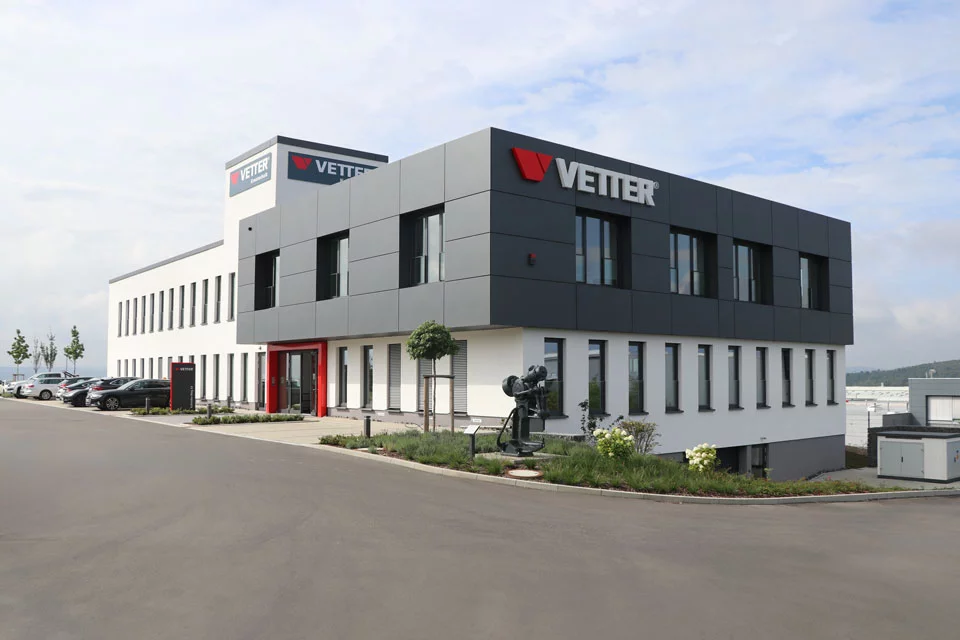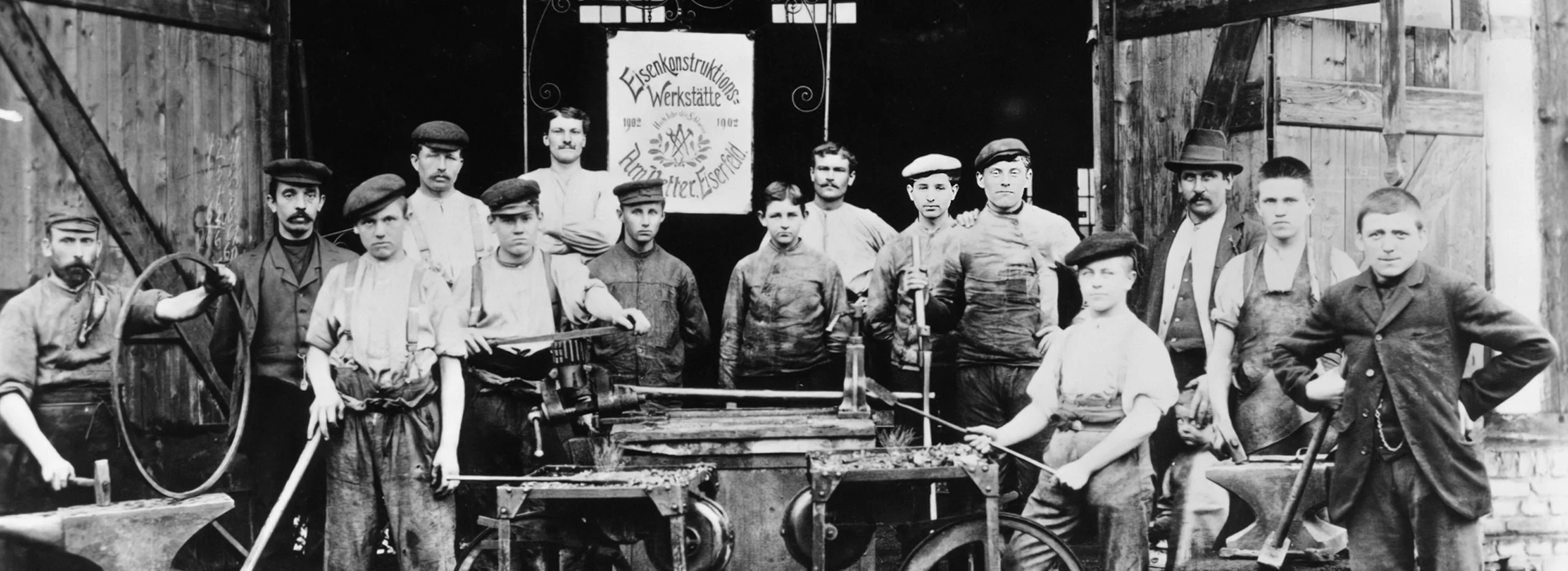History
A journey through the history of VETTER
A few decades and a lot of experience turned VETTER from a nobody in the field of cranes and hoists into a global player. It all started with an artisanal mining company which mastered the restructuring in the 1960s and quickly excelled as a specialist for slewing jib cranes among experts.
-
The blacksmith Arnold Vetter founds a repair shop for the ore mines “Siegerländer Erzgruben”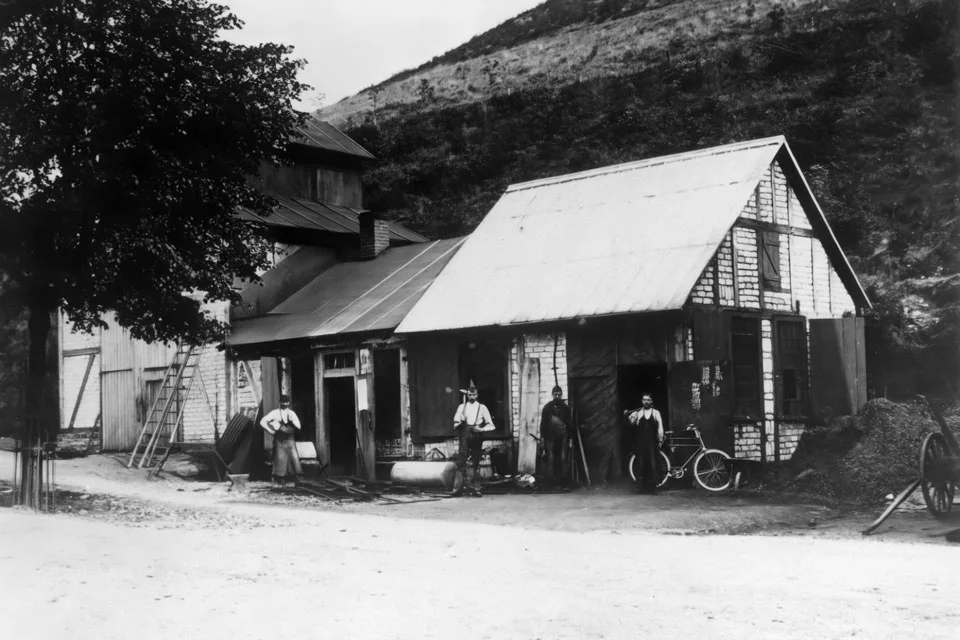
-
Arnold Vetter (* 1866, † 1933)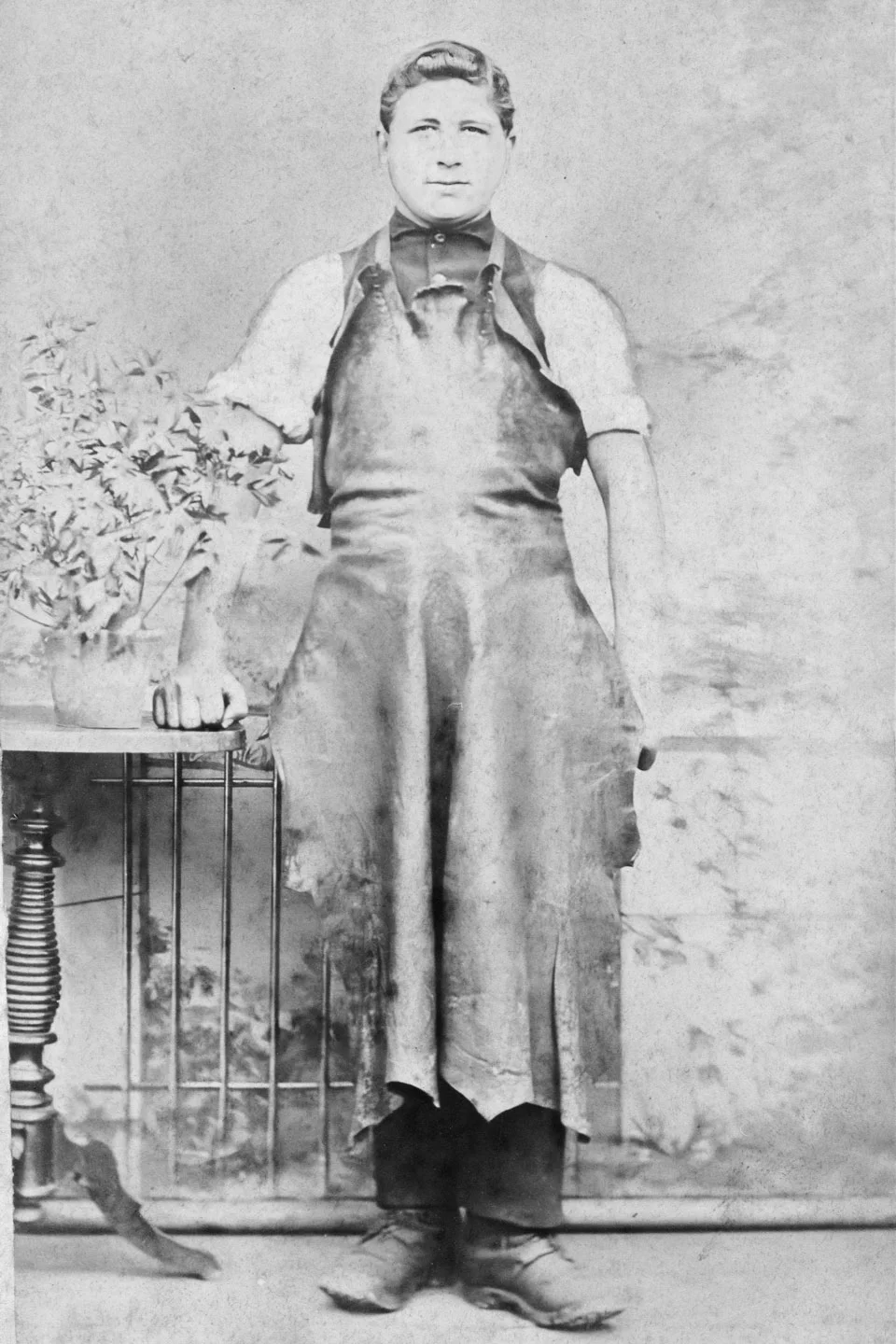
-
The ore mine “Eisenzecher Zug” (greatest depth 1,343 m) turns from a training workshop into the most important customer of Arnold Vetter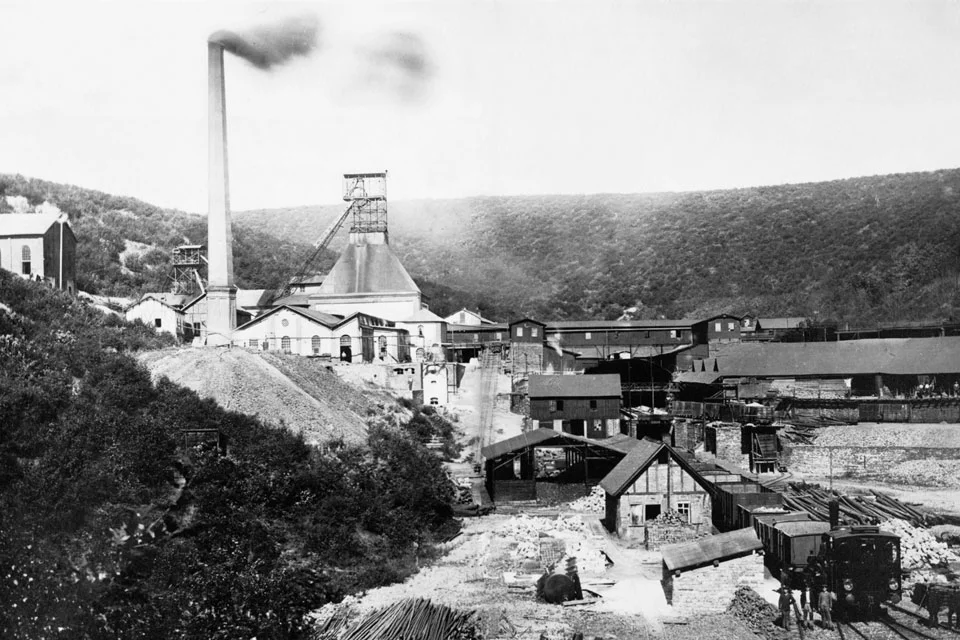
-
Successful product tipping wagons (mine trolley). From 1900 to 1954, about 48,000 wagons are manufactured in riveted design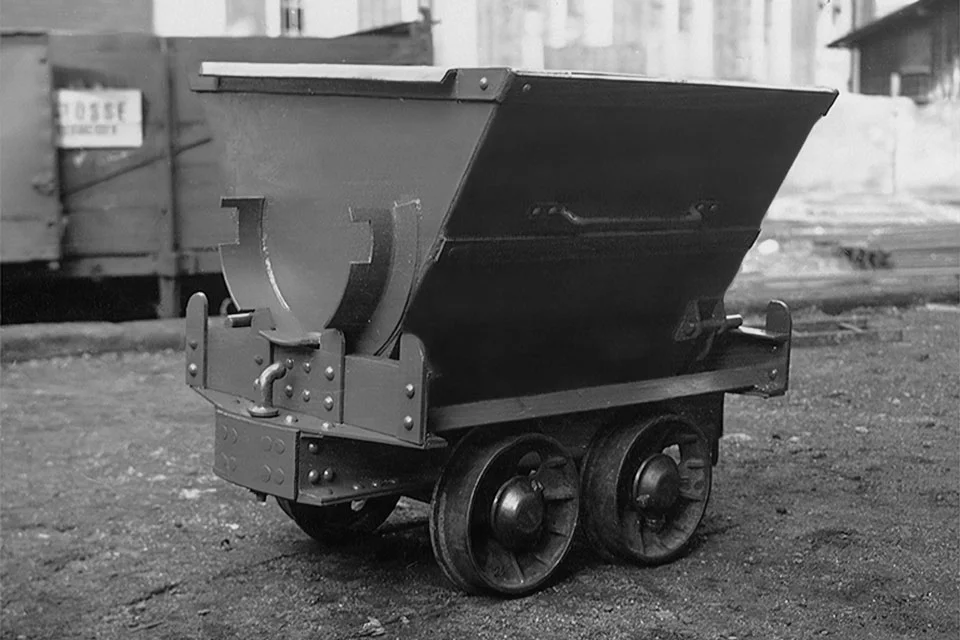
-
The company “Arnold Vetter – Fabrik für Eisenkonstruktionen” around 1920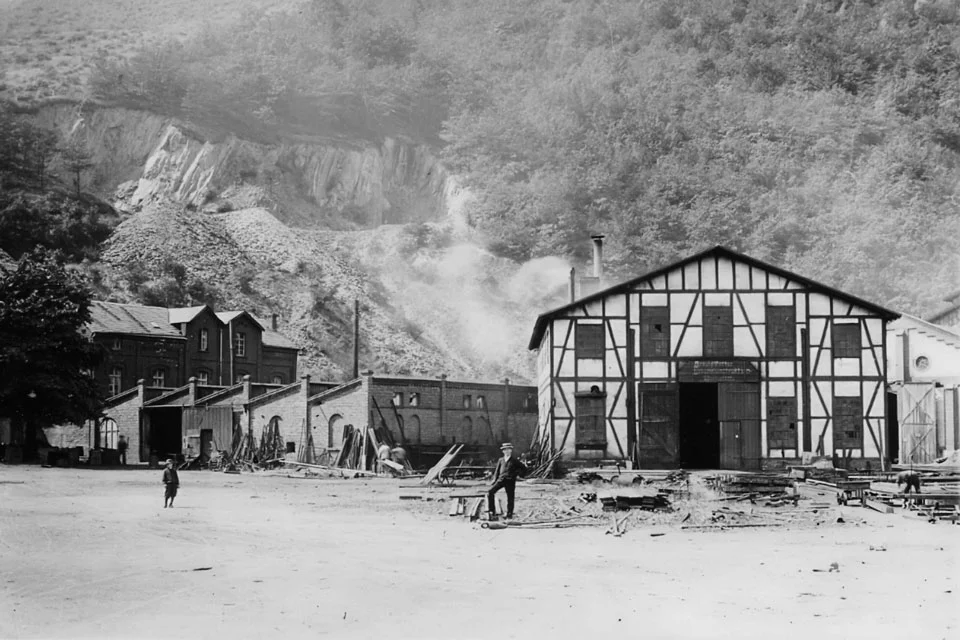
-
Engineer Albert Vetter (*1892, † 1962) takes over the company as a Managing Partner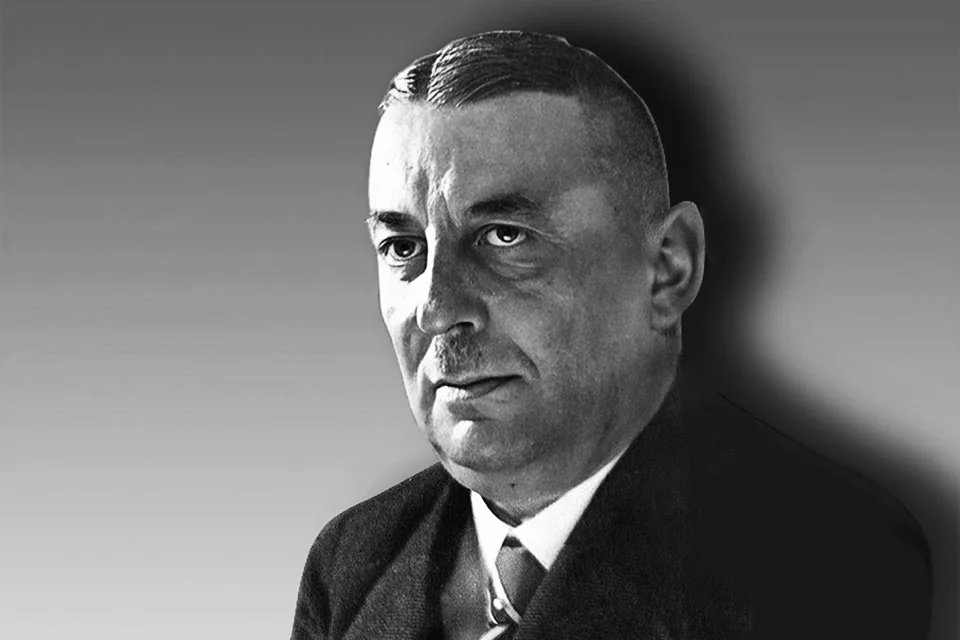
-
Specialization in the production of hoist frames...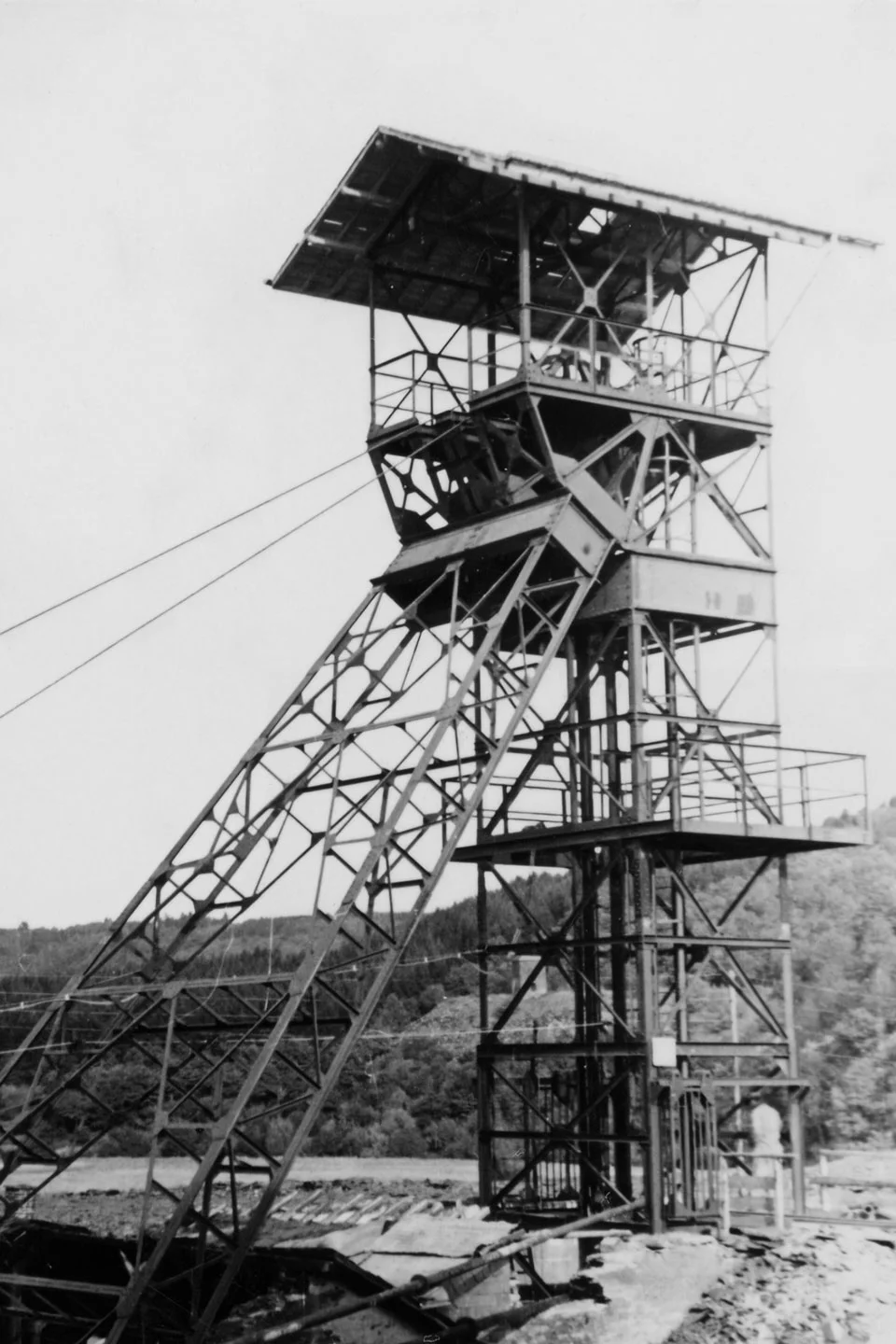
-
... and hoisting cages for all European ore and coal mines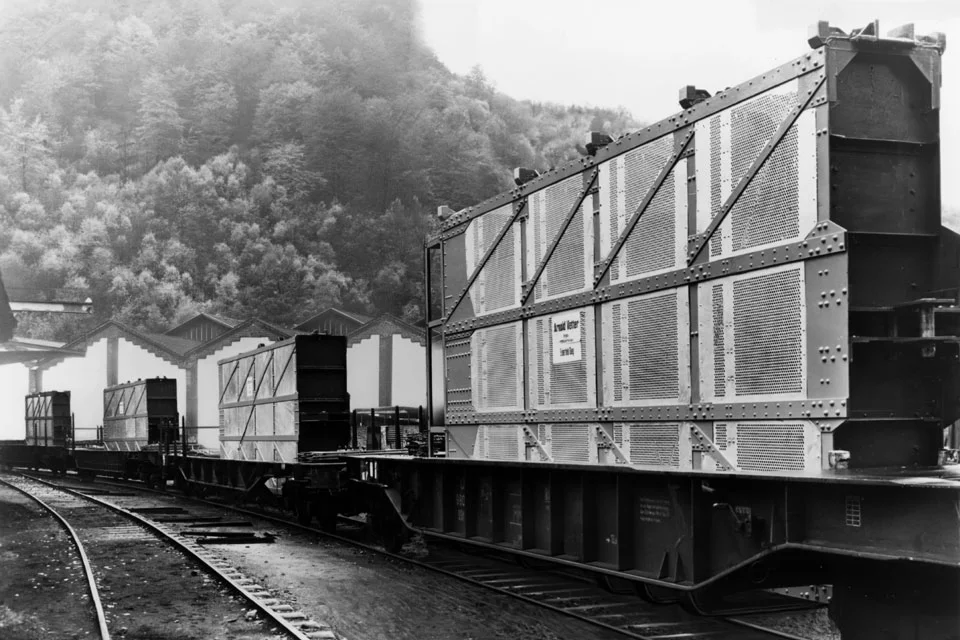
-
View of factory in 1958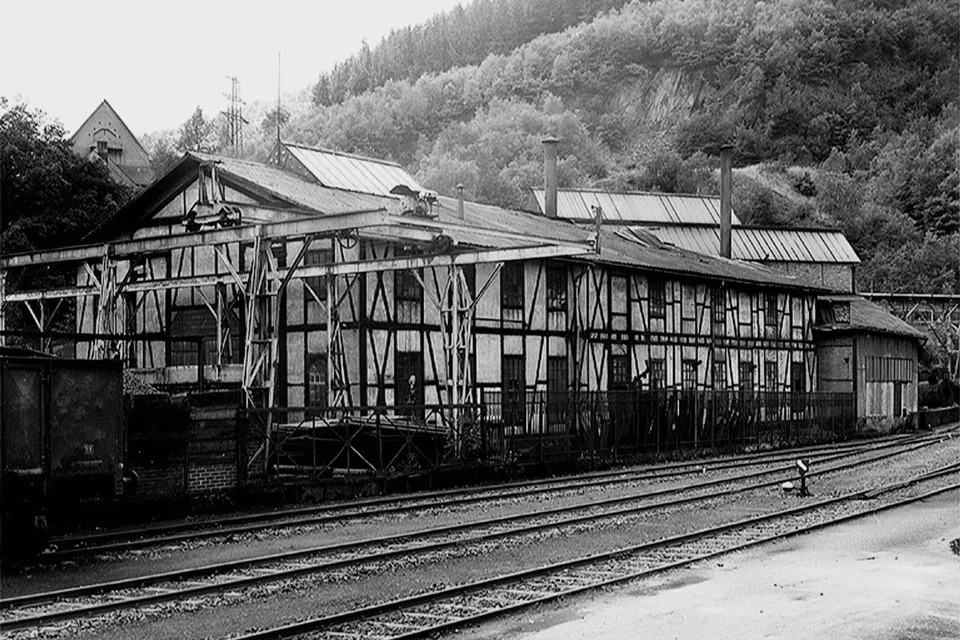
-
Klaus Th. Vetter (* 1939) becomes personally liable managing partner. Due to the decline of mining in the early 1960s, a reorientation of the company is performed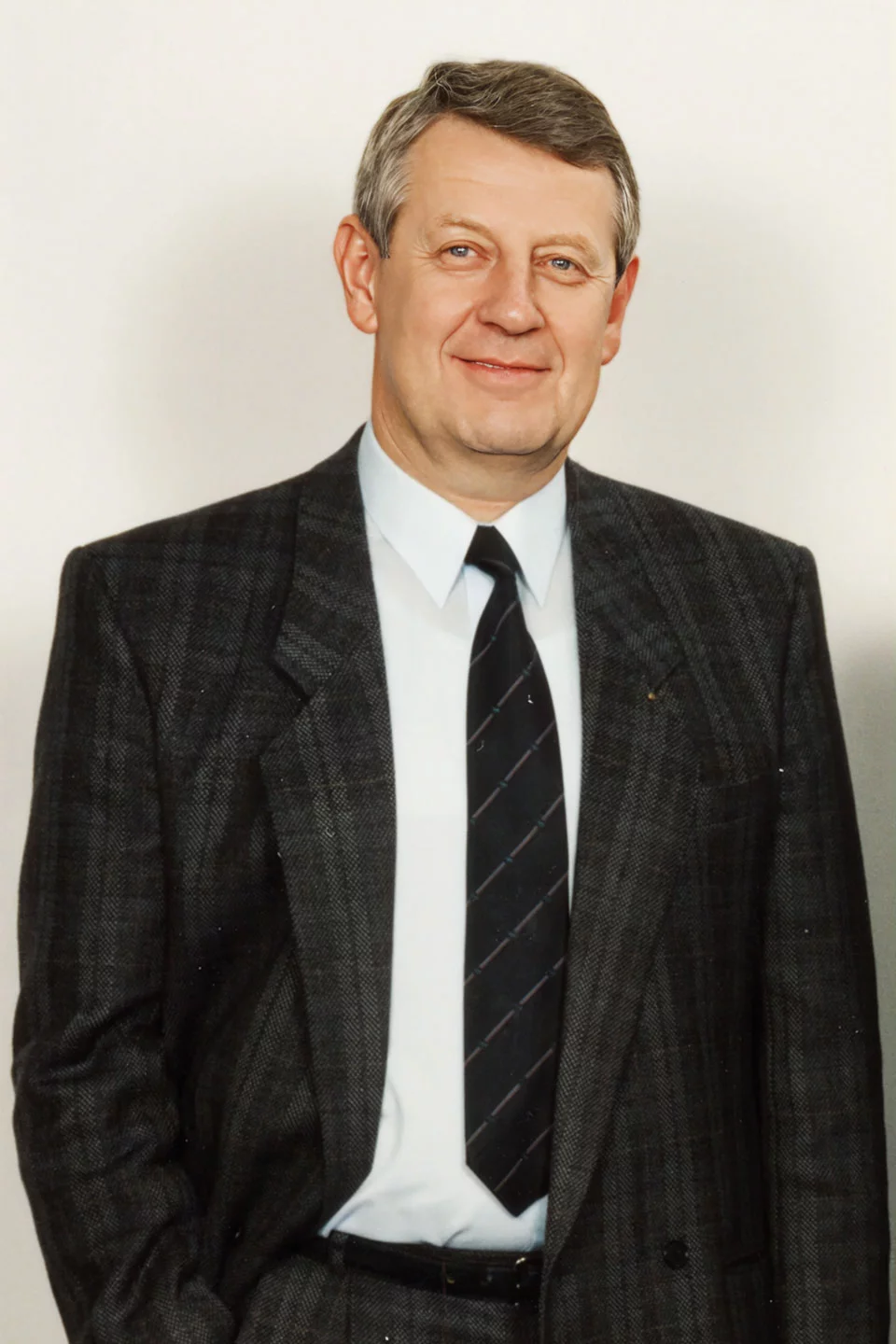
-
The first slewing jib crane developed by VETTER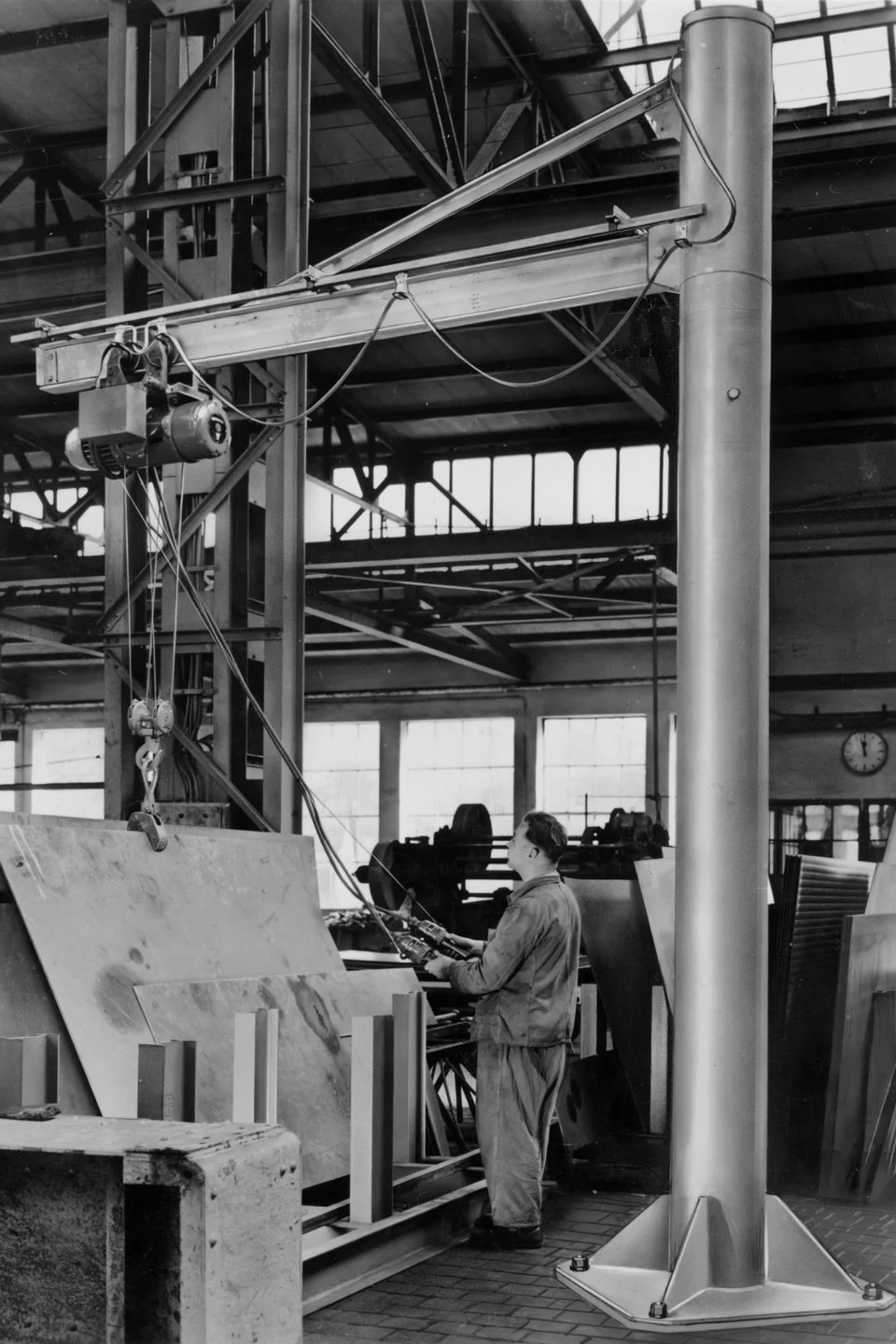
-
View of factory Arnold Vetter KG with railway station “Reinhold Forster”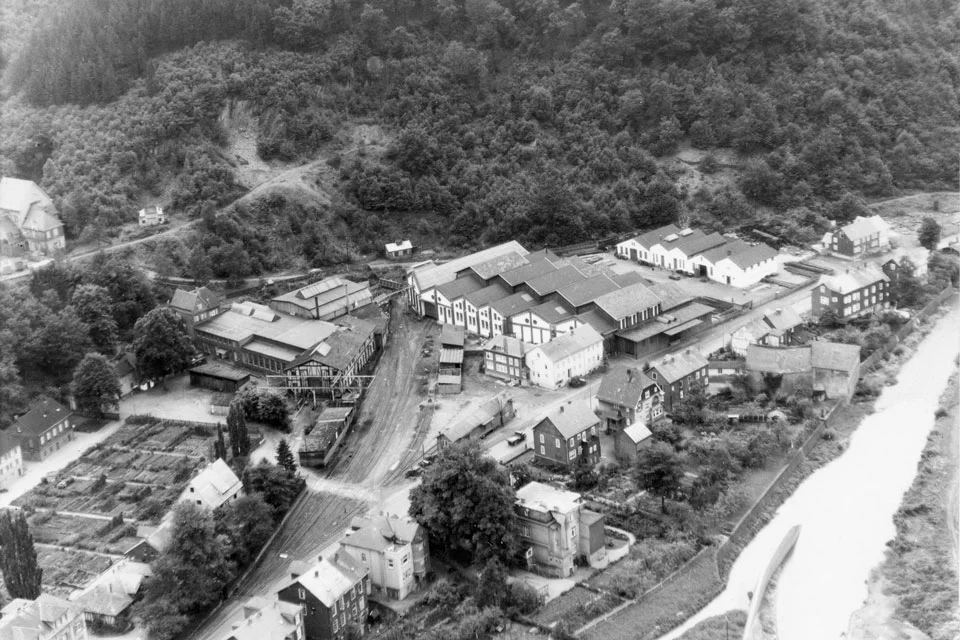
-
Completion of the new forging hall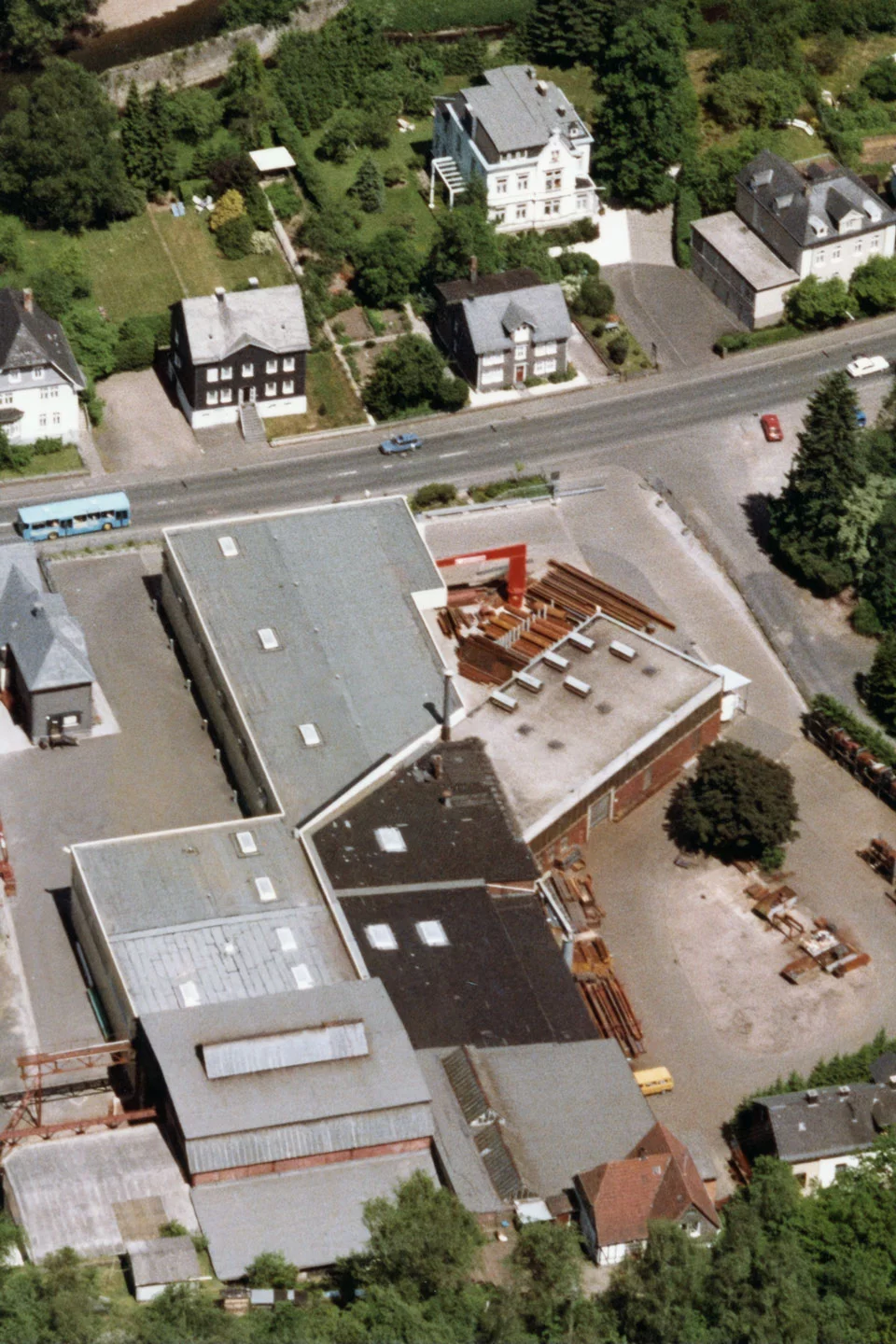
-
First participation in a trade fair (Hanover Fair)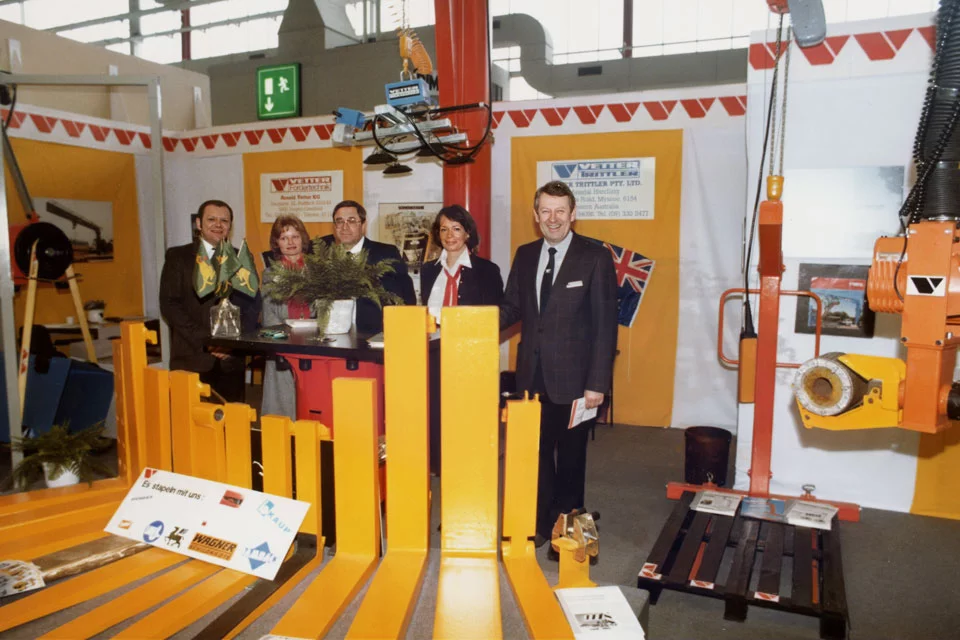
-
The product range is extended by the gantry crane systems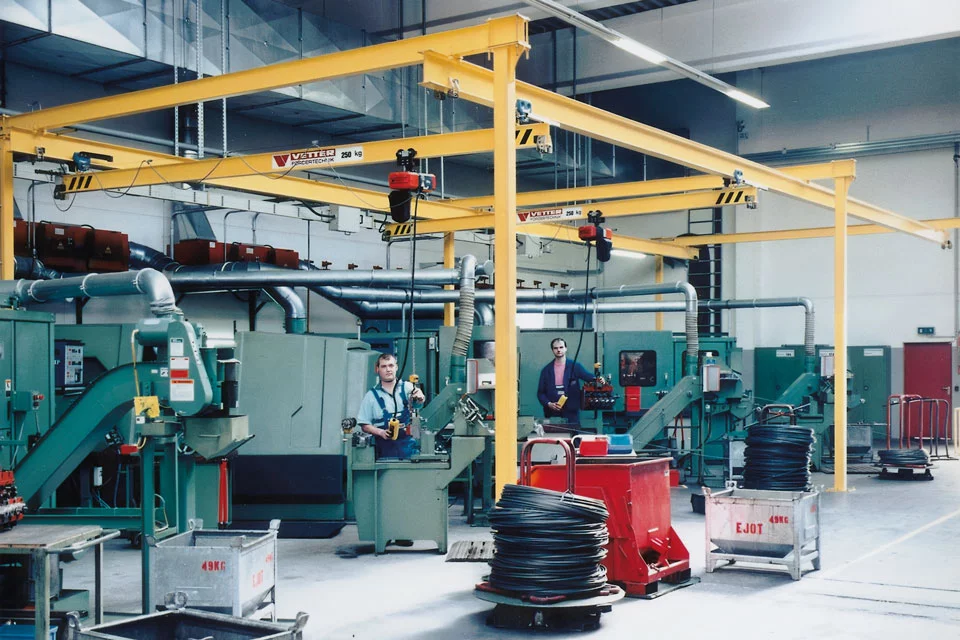
-
The product range is extended by the ROTOMAX® load turning devices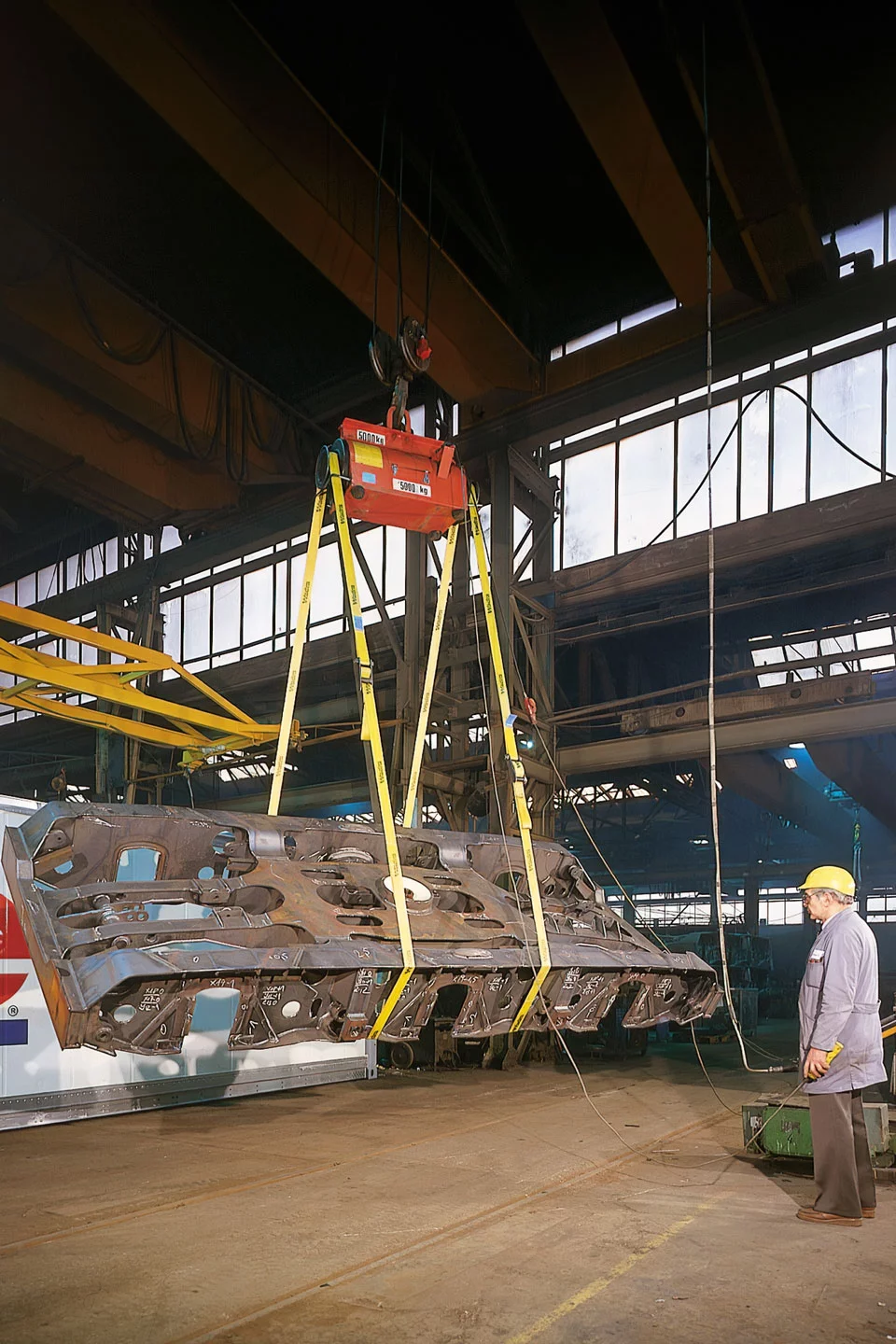
-
Certification according to DIN EN ISO 9001 on 18/09/1995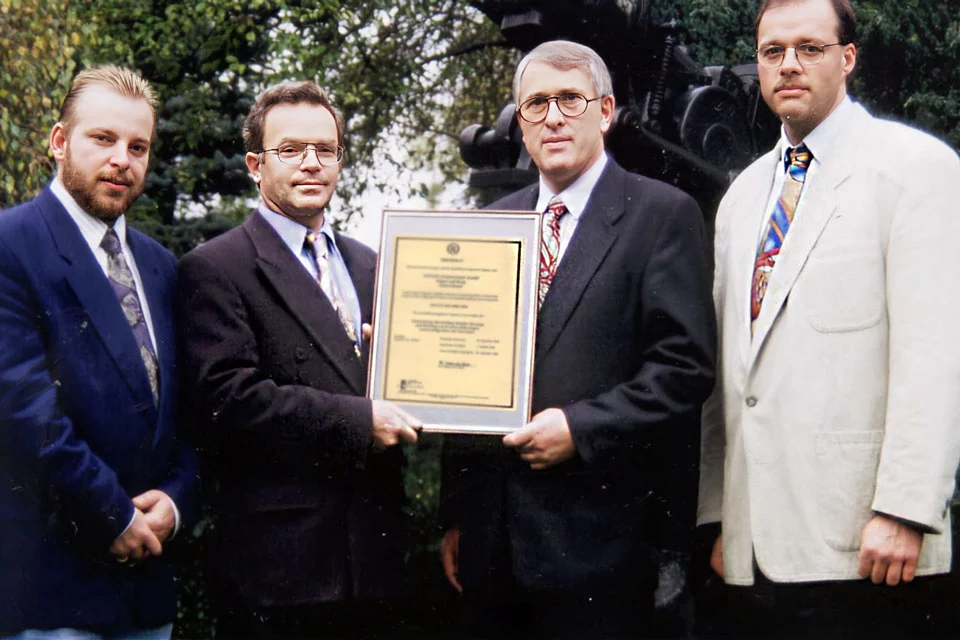
-
The first web-based version of the crane configurator is published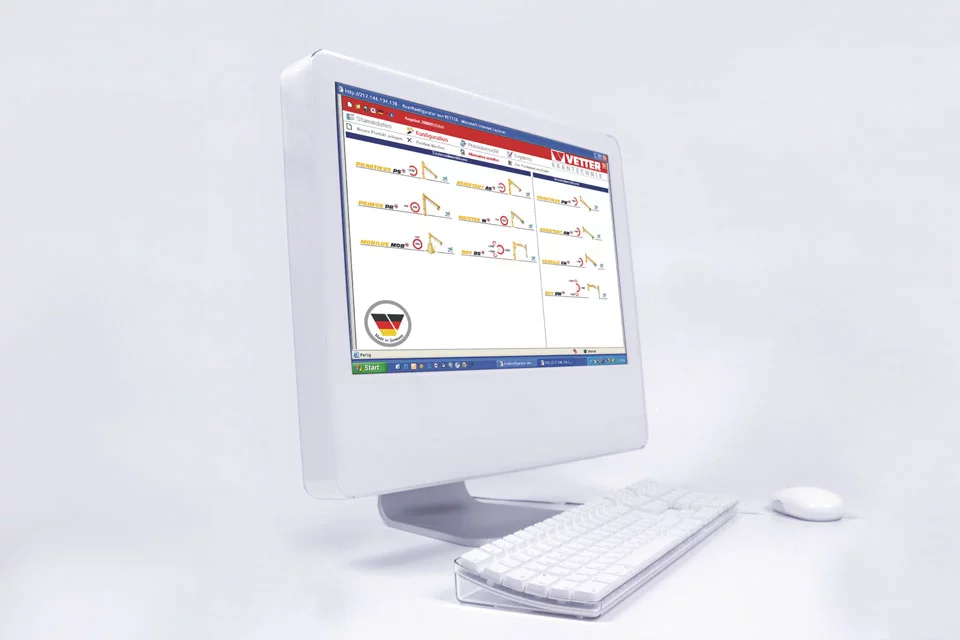
-
Inauguration of the first construction stage of the new crane factory in Haiger on 22/06/2007. Beginning of relocation of the company from Siegen-Eiserfeld (North Rhine-Westphalia) to Haiger (Hesse).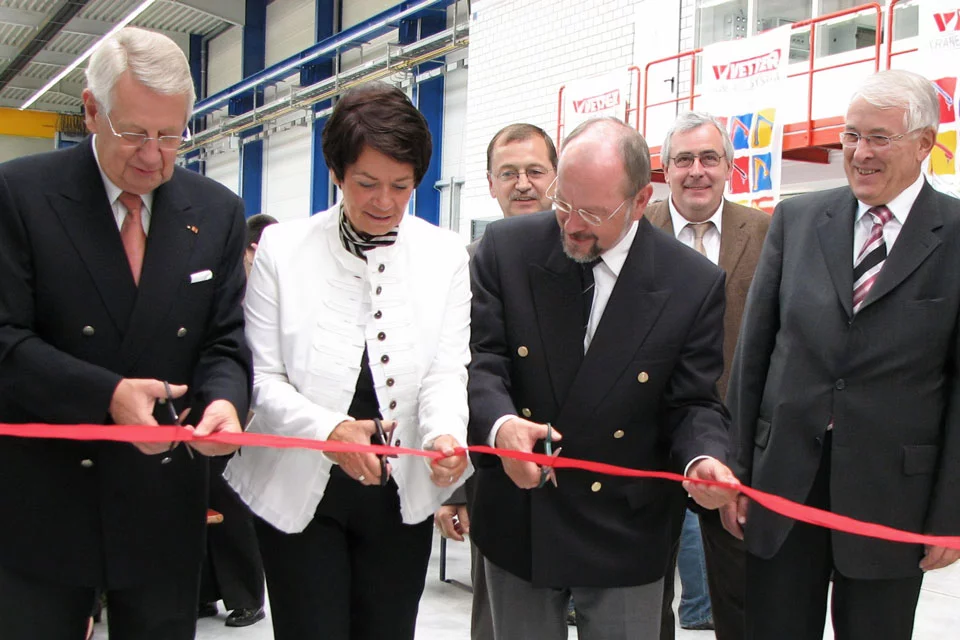
-
One of the most modern factories for slewing jib cranes in Europe is built in Haiger in a central location and the production is concentrated at the new site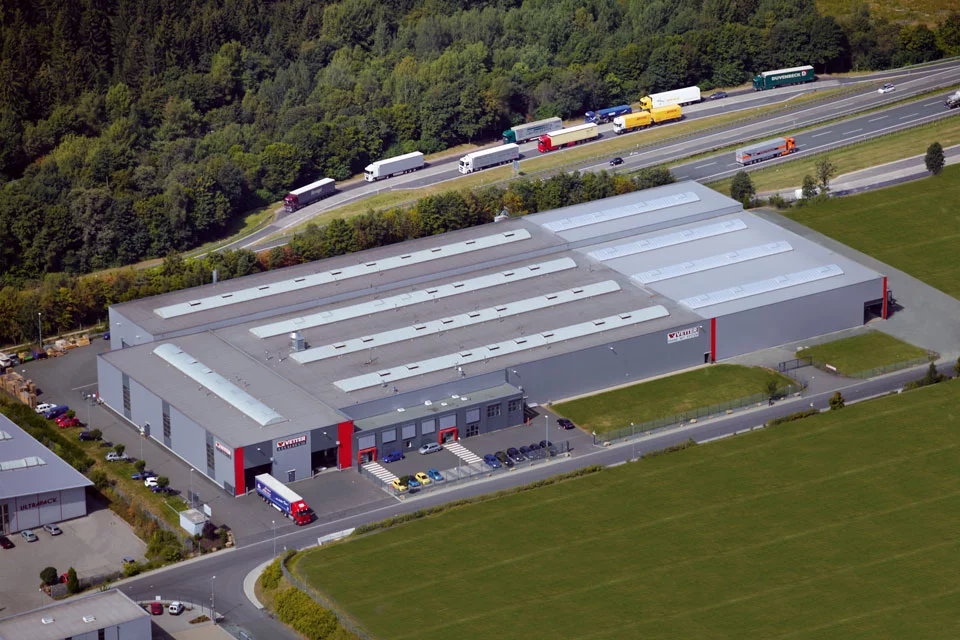
-
Inauguration of the new service and training centre in Haiger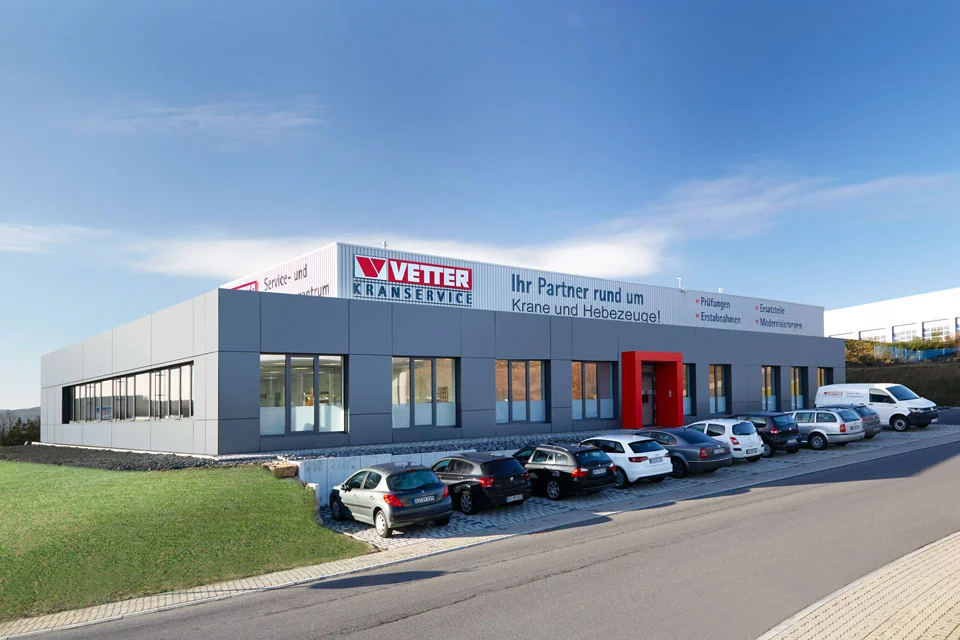
-
Relocation of the company site and move to the new office building in February 2021